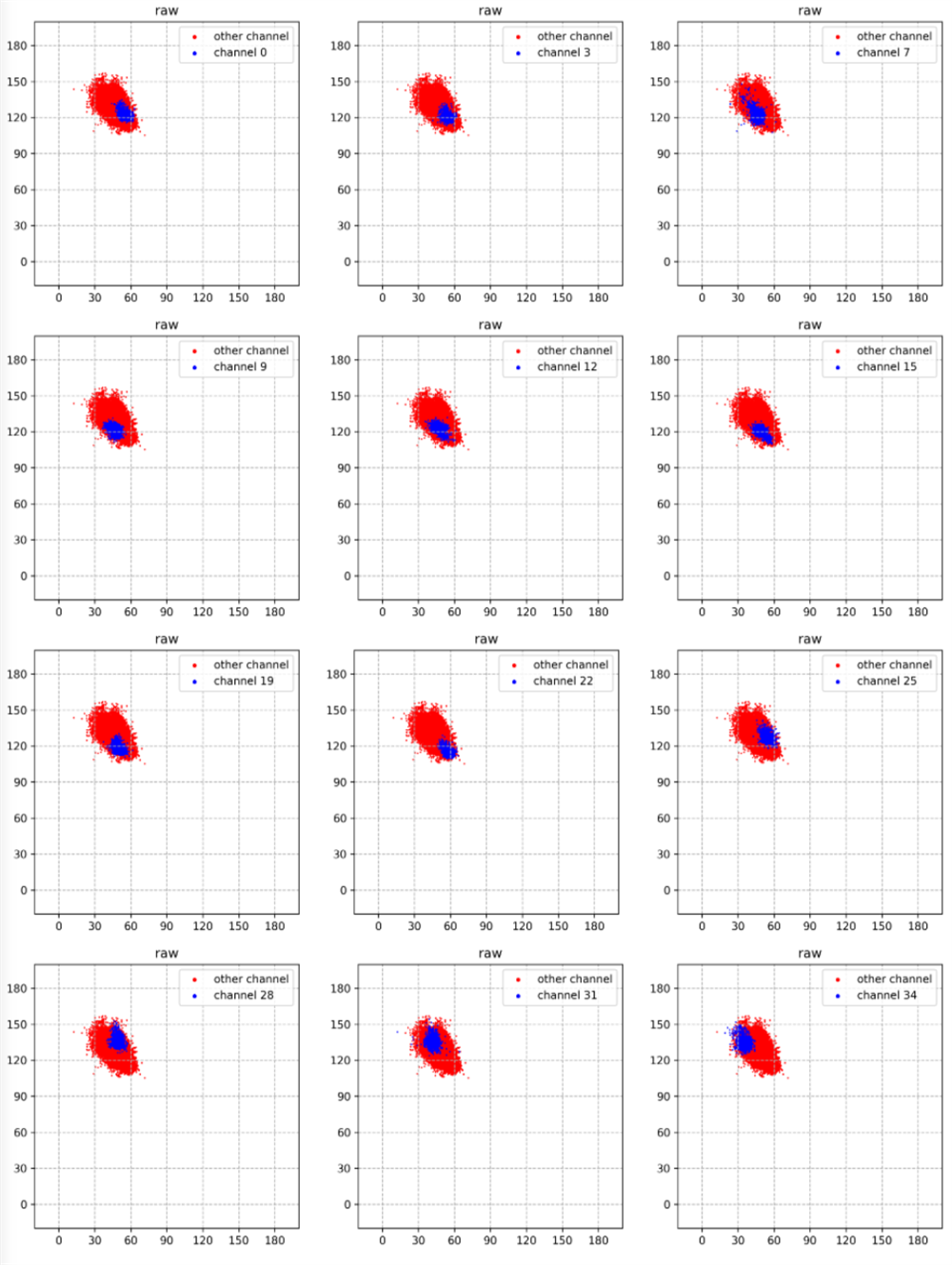Hi!
I am using direction_finding_connectionless_tx/rx sample, and NCS v2.6.1 for AoA.
RX board: nrf5340 devkit + antenna
TX board: nrf5340/nrf52833 devkit
Problem Description:
I notice that within each periodic advertising, it contains 5 CTE reports, and channel id of which are N(a random number) followed by 0,0,0,0. And after calculating AoA for each report, I find that the reports with chan_idx=0 are close to each other, however the one that is not 0 has a great bias comparing to the 0 ones.
I wonder if the random channel selecting is actually working or not, because it sounds odd to me that CTE reports within a single periodic advertising train have different BLE channel id.
Configurations:
tx side: #define PER_ADV_EVENT_CTE_COUNT 5
rx side: bt_df_per_adv_sync_cte_rx_param.max_cte_count = 0 (receive continuously)




